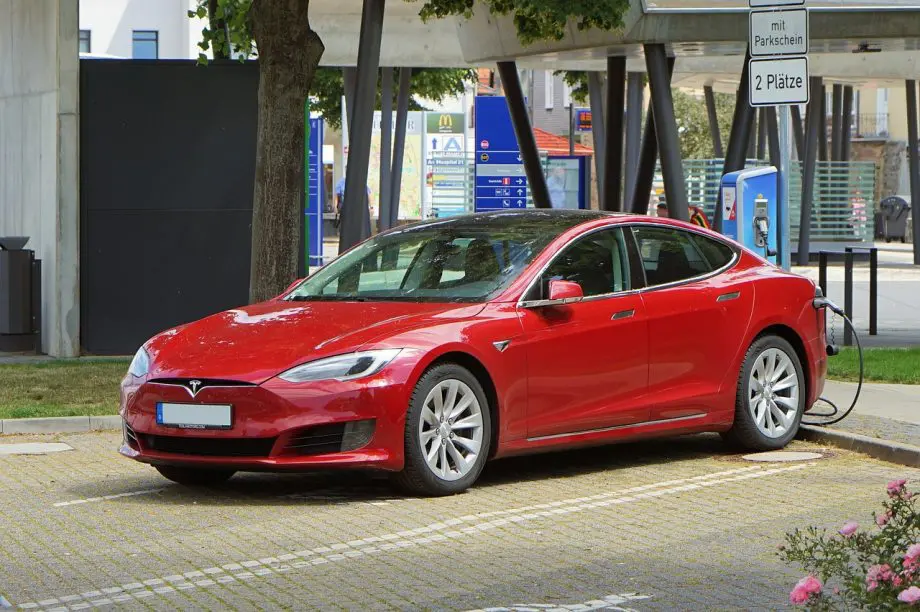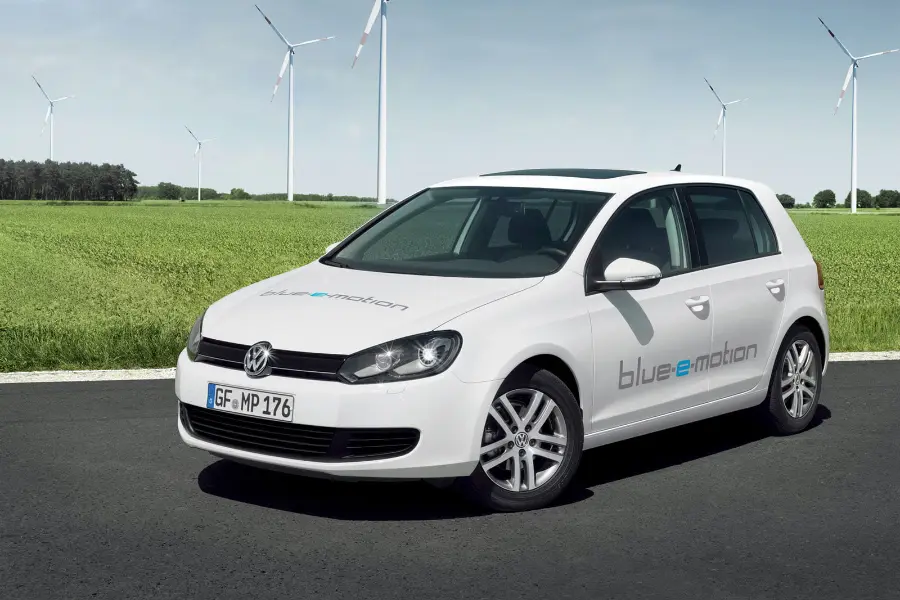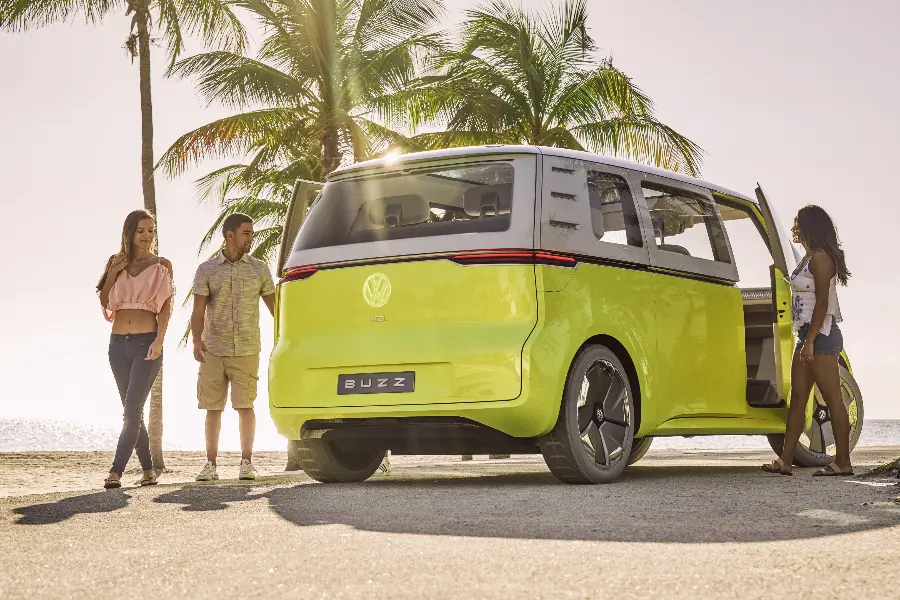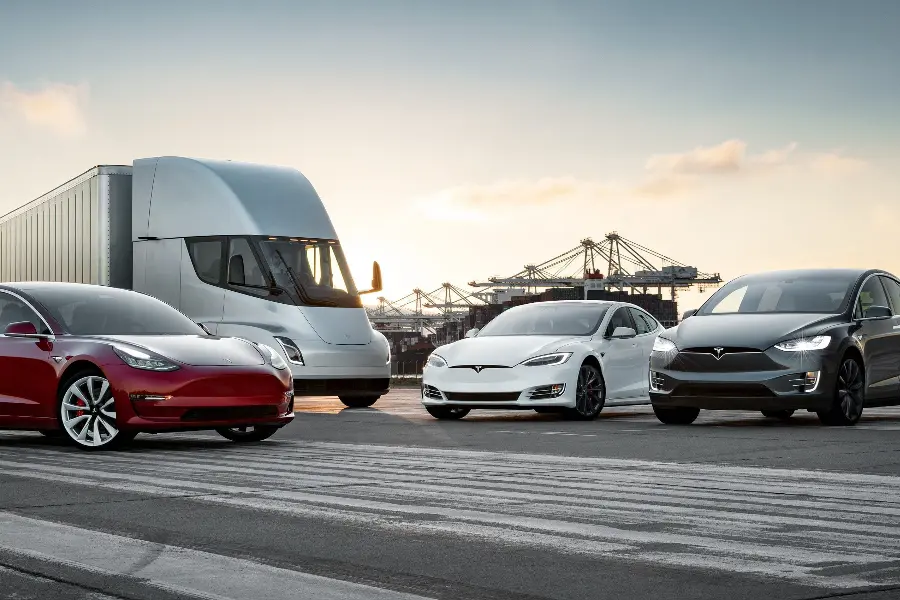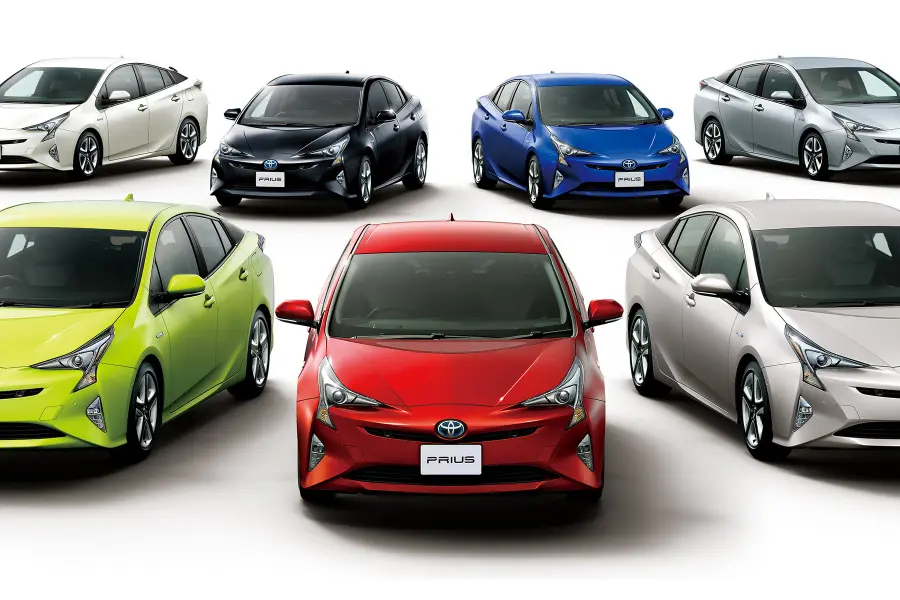
Explore the truth behind the environmental impact of electric vehicles in our comprehensive guide. Uncover benefits, costs, and future possibilities!
Have you ever wondered about the environmental impact of electric vehicles?
As we zoom into the future, these sleek, silent machines are becoming a common sight on our roads.
But beyond the cool factor, what does this shift mean for our planet? Are electric vehicles really the green dream they’re made out to be?
Buckle up, my friend, as we embark on a journey to uncover the truth about the environmental impact of electric vehicles.
From their role in reducing greenhouse gas emissions to the challenges they pose, we’ll explore it all. So, let’s plugin and get started!
The Environmental Impact of Electric Vehicles
Welcome to our exploration of The Environmental Impact of Electric Vehicles.
As we navigate through the 21st century, we’re witnessing a significant shift in the way we move around.
In recent years we have moved from the Ford Model T to the Tesla model and from gas-powered cars with an internal combustion engine to EVs with an electric motor.
Electric vehicles are no longer a novelty, but a growing part of our everyday lives.
But as we embrace this new era of transportation, it’s crucial to understand the environmental implications.
Are these high-tech vehicles really as green as they seem? How do they compare to their gasoline-powered counterparts?
And what does the future hold for electric vehicles and our planet? Let’s embark on this journey together, exploring the ins and outs of the environmental impact of electric vehicles.
Ready? Let’s hit the road!
Brief Overview of Electric Vehicles
Electric vehicles, or EVs as they’re commonly known, are a revolutionary step in automotive technology.
They’re cars, trucks, and even buses that run on electricity instead of the traditional gasoline or diesel.
Some are fully electric, meaning they run solely on battery power, while others are plug-in hybrid cars, using a combination of electric power and internal combustion engines.
The beauty of electric vehicles lies in their simplicity. They have fewer moving parts than conventional vehicles, which means less wear and tear and lower maintenance costs.
Plus, they’re quiet, smooth, and, let’s face it, pretty cool to drive!
Importance of Studying The Environmental Impact of Electric Cars
Now, you might be wondering, Why all the fuss about the environmental impact of electric vehicles?
Well, it’s a valid question. As we grapple with the realities of climate change, it’s crucial to understand the role our choices, including our vehicles, play in this global issue.
Electric vehicles have been touted as a green alternative to traditional cars, but it’s not as straightforward as it seems.
Yes, they emit zero air pollution, but there’s more to the story.
We need to consider the entire lifecycle of these vehicles, from the extraction of raw materials for batteries to the electric grid and electricity used for charging.
Only then can we have a complete picture of their environmental impact.
It’s a complex issue, but one that’s worth delving into if we’re serious about finding sustainable transportation solutions.
The Environmental Benefits of Electric Vehicles

Let’s dive into the world of electric vehicles and explore the environmental benefits they bring to the table.
It’s no secret that our planet is facing some serious challenges, and every step we take toward a more sustainable future counts.
Electric vehicles are part of this journey, offering some impressive advantages over their gasoline-guzzling counterparts.
From reducing greenhouse gas emissions to improving air quality, electric vehicles are making a positive impact.
But how exactly do they do this? Let’s buckle up and take a closer look at the environmental benefits of electric vehicles.
Reduction in Greenhouse Gas Emissions
One of the most significant benefits of electric vehicles is their potential to reduce greenhouse gas emissions.
You see, unlike traditional cars that burn gasoline or diesel fuel, electric vehicles run on electricity.
This means they don’t emit harmful tailpipe pollutants like carbon dioxide (CO2), a major contributor to global warming.
In fact, a typical electric car produces less than half the CO2 emissions of a conventional car over its lifetime.
And as we continue to clean up our electricity grids by adding more renewable energy sources, the carbon emissions from charging electric vehicles will decrease even further.
Eventually, we may see the gas station disappear in much the same way cell phones eliminated the pay phone booth.
Improvement in Air Quality
Next up, let’s talk about air quality.
Traditional vehicles emit pollutants like nitrogen oxides and particulate matter, which contribute to poor air quality and can lead to health issues like asthma and other respiratory diseases.
Electric vehicles, on the other hand, produce zero tailpipe emissions.
This means cleaner air in our cities and healthier communities. Imagine a world where rush hour doesn’t mean a cloud of exhaust fumes. That’s the promise of electric vehicles!
Energy Efficiency of Electric Vehicles
Finally, let’s not forget about energy efficiency. Electric vehicles are incredibly efficient at converting energy into motion.
In fact, they convert over 77% of the electrical energy from the grid to power at the wheels.
In contrast, conventional gasoline cars only convert about 12%–30% of the energy stored in gasoline to power the wheels.
This means that electric vehicles use less energy to travel the same distance, making them a more efficient choice for transportation.
Plus, with fewer moving parts, electric vehicles often require less maintenance, saving you time and money in the long run. Now that’s what I call efficient!
The Environmental Costs of Electric Vehicles
While electric vehicles offer some impressive environmental benefits, it’s also important to consider their environmental costs.
Just like any other form of transportation, they’re not entirely without impact.
From the emissions produced during electricity generation at power plants to the environmental implications of EV battery production and disposal, there are several factors to consider.
But don’t worry, it’s not all doom and gloom. By understanding these costs, we can work towards solutions and continue to improve the sustainability of electric vehicles.
So, let’s roll up our sleeves and take a closer look at the environmental costs of electric vehicles.
Emissions from Electricity Generation
First off, while it’s true that electric vehicles themselves don’t produce tailpipe emissions, we can’t ignore the fact that the electricity they use often comes from burning fossil fuels.
This means that depending on where you live and how your local electricity is generated, charging your electric vehicle could still be contributing to greenhouse gas emissions.
The good news is that as we continue to shift towards cleaner, renewable sources of energy, the emissions associated with charging electric vehicles are expected to decrease.
It’s a challenge, but one that we’re making progress on every day.
Battery Production and Disposal
Next, let’s talk about batteries. Electric vehicles rely on battery manufacturing of large lithium-ion batteries, which require a significant amount of energy to produce.
This energy often comes from fossil fuels, contributing to greenhouse gas emissions.
Additionally, the disposal of these batteries at the end of their life can pose environmental challenges.
However, advancements are being made in battery recycling technologies, and many companies are working towards more sustainable production methods.
It’s a complex issue, but one that’s receiving a lot of attention and innovation.
Rare Earth Minerals and Their Environmental Impact
Lastly, the production of electric vehicles requires certain rare earth minerals, such as lithium, cobalt, and nickel.
Lithium mining and the mining of other rare earth minerals can have significant environmental impacts, including habitat destruction, soil and water pollution, and increased greenhouse gas emissions.
Additionally, issues related to human rights and fair labor practices often arise in relation to the mining of these minerals.
It’s a serious concern and one that many in the industry are working to address through improved mining practices and the development of alternative materials.
As with any technology, it’s crucial that we continue to strive for sustainability at every stage of production.
Comparing Electric Vehicles and Internal Combustion Engines
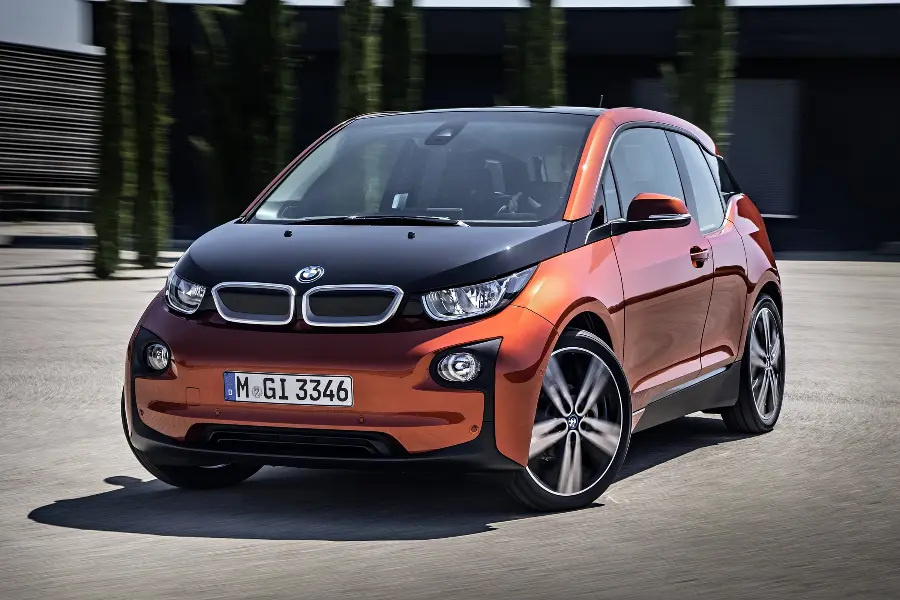
Now that we’ve explored the environmental benefits and costs of electric vehicles, let’s see how they stack up against their traditional counterparts: internal combustion engines.
These are the gasoline and diesel-powered vehicles that have been the standard for over a century.
While they’ve certainly served us well, they also come with a host of environmental challenges.
So, how do electric vehicles compare? Are they truly a greener alternative, or just a different shade of the same problem?
Let’s dive in and compare electric vehicles and internal combustion engines to find out.
Lifecycle Emissions Comparison
When comparing electric vehicles and internal combustion engines, it’s essential to look at the entire lifecycle emissions.
This includes everything from the production of the vehicle and its fuel or electricity to its operation and eventual disposal.
For traditional vehicles, a significant portion of their emissions comes from their operation or tailpipe emissions.
However, for electric vehicles, the majority of emissions are upstream, produced during the manufacturing process, particularly the production of the batteries, and the generation of electricity for charging.
Despite these upstream emissions, studies have shown that electric vehicles still typically produce fewer emissions over their lifetime than conventional vehicles.
This is because electric vehicles are much more efficient and produce zero tailpipe emissions.
As the electricity grid becomes cleaner, the gap in lifecycle emissions between electric vehicles and conventional vehicles is expected to grow even larger.
Impact on Climate Change
Climate change is one of the most pressing issues of our time, and transportation is a significant contributor to the greenhouse gas emissions driving this global challenge.
Both electric vehicles and internal combustion engines contribute to climate change but in different ways.
Internal combustion engines contribute directly to climate change through their tailpipe emissions, releasing carbon dioxide emissions and other greenhouse gases into the atmosphere.
Electric vehicles, on the other hand, have zero tailpipe emissions.
However, as we discussed earlier, they do contribute to greenhouse gas emissions through the electricity used for charging and the production of their batteries.
Despite these emissions, electric vehicles are still generally better for the climate than conventional vehicles.
This is because they are more efficient and because the electricity used for charging can come from renewable sources.
As we continue to clean up our electricity grids and improve battery production methods, electric vehicles will become even better for the climate.
The Future of Electric Vehicles and Their Environmental Impact
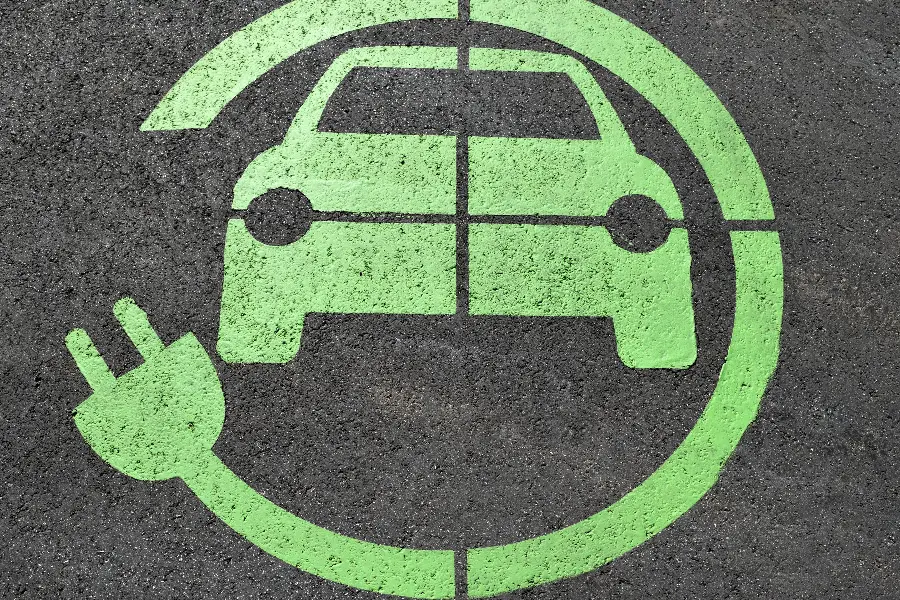
As we look toward the future, it’s clear that electric vehicles are set to play a major role in our transportation systems.
But what does this mean for our environment? With advancements in technology, shifts in energy production, and changes in policy, the environmental impact of electric vehicles is set to evolve.
So, let’s take a peek into the future and explore what’s on the horizon for electric vehicles and their environmental impact.
From advances in battery technology to the transition to renewable energy sources, there’s a lot to be excited about.
Let’s hit the road and see where it takes us!
Advances in Battery Technology
One of the most exciting areas of development in the world of electric vehicles is battery technology.
Batteries are the heart of electric vehicles, and advances in this area can significantly impact the vehicles’ range, cost, and environmental footprint.
Researchers are continually working on ways to make batteries more efficient, longer-lasting, and more sustainable.
This includes exploring new materials that could reduce the need for rare earth minerals, improving the energy density to get more range out of each charge, and finding more effective ways to recycle batteries at the end of their life.
These advances could not only make electric vehicles more appealing to consumers but also reduce their environmental impact.
Transition to Renewable Energy Sources
The transition to renewable energy sources is another key factor in the future of electric vehicles.
As we mentioned earlier, the emissions associated with charging electric vehicles depend on how the electricity is generated.
As we shift away from fossil fuels and towards renewable sources from wind turbines and solar panels, the emissions from charging electric vehicles will decrease.
This transition is already underway in many parts of the world, and as it continues, it will make electric vehicles an even greener choice.
Policies and Regulations Affecting Electric Vehicles
Finally, let’s talk about policies and regulations. Governments around the world are recognizing the potential of electric vehicles to reduce emissions and combat climate change.
As a result, they’re implementing policies to encourage their adoption.
This includes things like subsidies for electric vehicle purchases, investments in charging infrastructure, and regulations to phase out internal combustion engines.
These policies can have a significant impact on the adoption of electric vehicles.
Consequently, their environmental impact Is a dynamic area, with new policies being introduced regularly, and it will be fascinating to see how it shapes the future of electric vehicles.
The U.S. Department of Energy: Powering the Electric Vehicle Revolution
The U.S. Department of Energy (DOE) plays a pivotal role in advancing the adoption and development of electric vehicles in the United States.
Through research, funding, and policy initiatives, the DOE supports the growth of the electric vehicle industry.
It invests in cutting-edge research to improve electric vehicle technology, including battery performance, charging infrastructure, and energy efficiency.
The DOE also provides valuable resources for consumers, such as the Alternative Fuels Data Center, which offers information on electric vehicle benefits, models, and charging station locations.
Furthermore, the DOE’s initiatives, such as the EV Everywhere Grand Challenge, aim to make electric vehicles as affordable and convenient as gasoline-powered vehicles for the average American family.
Through these efforts, the U.S. Department of Energy is helping to drive the transition to a more sustainable transportation future.
Environmental Impact of Electric Vehicles FAQs
We’ve covered a lot of ground on our journey through the world of electric vehicles and their environmental impact.
But you might still have some questions. That’s why we’ve put together this FAQ section.
Here, we’ll tackle some of the most common questions people have about electric vehicles.
From their overall environmental friendliness to the impact of charging and battery production, we’ve got you covered.
So, let’s dive into these FAQs and clear up any lingering questions you might have.
Q: Are electric vehicles really better for the environment?
A: Yes, electric vehicles are generally better for the environment than traditional gasoline-powered cars or diesel vehicles.
They produce zero tailpipe emissions, which leads to improved air quality. They’re also more energy-efficient, meaning they use less energy to travel the same distance as a conventional vehicle.
However, it’s important to note that there are environmental impacts associated with the production of electric vehicles and the electricity used to charge them.
Despite these impacts, studies show that over their lifetime, electric vehicles still produce fewer emissions than conventional cars.
Q: How does the electricity to charge electric vehicles impact the environment?
A: The environmental impact of charging electric vehicles depends on how the electricity is generated. If the electricity comes from burning fossil fuels, then charging the vehicle will produce greenhouse gas emissions.
However, as we continue to shift towards cleaner, renewable sources of energy, the emissions associated with charging electric vehicles are expected to decrease.
Q: What is the environmental impact of mining for electric vehicle batteries?
A: Mining for the materials needed to make electric vehicle batteries can have significant environmental impacts.
This includes habitat destruction, soil and water pollution, and increased greenhouse gas emissions. T
here are also concerns related to human rights and fair labor practices in the mining industry.
However, many in the industry are working to address these issues through improved mining practices and the development of alternative materials.
Q: How can the environmental impact of electric vehicles be reduced?
A: There are several ways to reduce the environmental impact of electric vehicles.
Advances in battery technology can lead to more efficient and sustainable batteries.
Transitioning to renewable energy sources for electricity generation can reduce the emissions associated with charging.
Recycling programs can help manage battery disposal at the end of their life.
And policies and regulations can encourage the adoption of electric vehicles and the development of cleaner technologies.
It’s a multi-faceted approach, but with continued effort and innovation, we can continue to reduce the environmental impact of electric vehicles.
The Environmental Impact of Electric Vehicles Conclusion
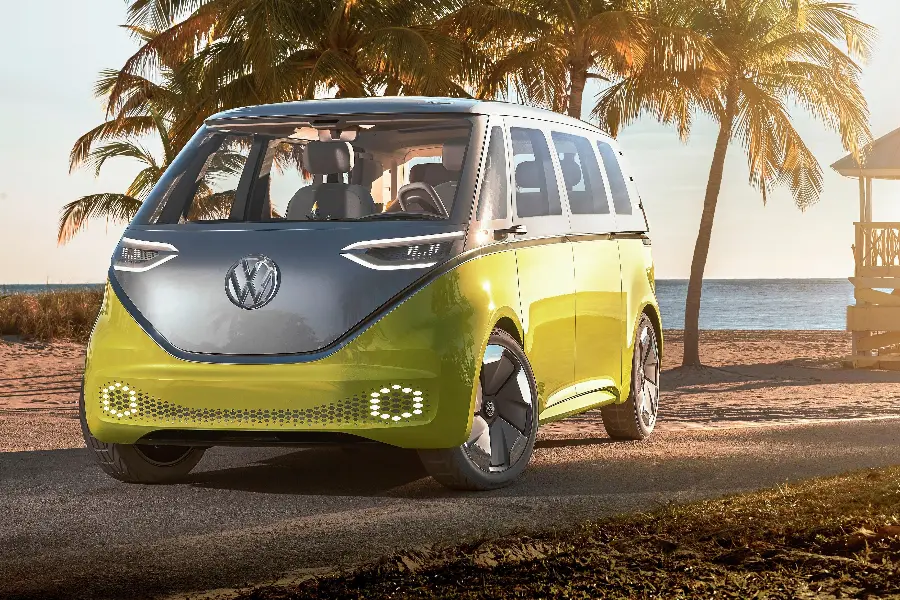
As we wrap up our deep dive into the environmental impact of electric vehicles, it’s clear that this is a complex and evolving topic.
Electric vehicles offer significant environmental benefits, but they also come with their own set of challenges.
However, with ongoing advancements in technology, shifts in energy production, and supportive policies, the future of electric vehicles looks bright.
So, let’s take a moment to reflect on what we’ve learned and consider the role of electric vehicles in our journey toward a more sustainable future.
Recap of the Environmental Impact of Electric Vehicles
So, what have we learned about the environmental impact of electric vehicles? Well, it’s a bit of a mixed bag.
On the one hand, electric vehicles offer significant environmental benefits. They produce zero tailpipe emissions, which leads to cleaner air in our cities.
They’re also more energy-efficient than traditional vehicles, meaning they use less energy to travel the same distance.
However, it’s not all smooth sailing. The production of electric vehicles, particularly batteries, and the generation of electricity for charging can contribute to greenhouse gas emissions.
Additionally, the mining of rare earth minerals needed for batteries can have significant environmental and social impacts.
But here’s the good news. As we continue to innovate and improve, the environmental impact of electric vehicles is decreasing.
Advances in battery technology, the transition to renewable energy, and supportive policies and regulations are all helping to make electric vehicles a more sustainable choice.
The Role of Electric Vehicles in Sustainable Transportation
So, where do electric vehicles fit into the picture of sustainable transportation?
They’re a key piece of the puzzle. As we grapple with the realities of climate change, it’s clear that we need to reduce our reliance on fossil fuels, and electric vehicles offer a viable way to do that.
But it’s not just about the vehicles themselves. It’s also about the infrastructure that supports them, like charging stations, and the energy that powers them.
As we continue to develop renewable energy sources and build out the necessary infrastructure, electric vehicles will play an increasingly important role in our transportation systems.
In conclusion, while electric vehicles aren’t a silver bullet, they’re a significant step in the right direction.
They offer a way to reduce our emissions, improve air quality, and transition toward a more sustainable future.
And with continued effort and innovation, their role in sustainable transportation will only continue to grow.
Read more: Electric Vehicle Myths


